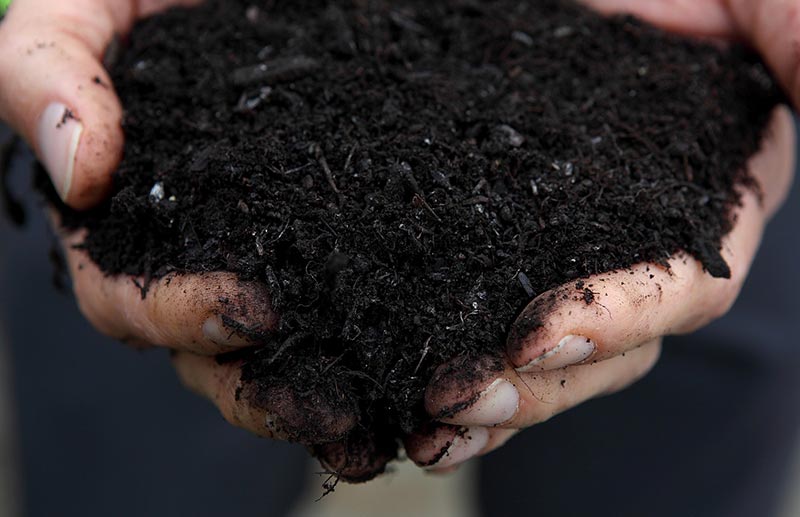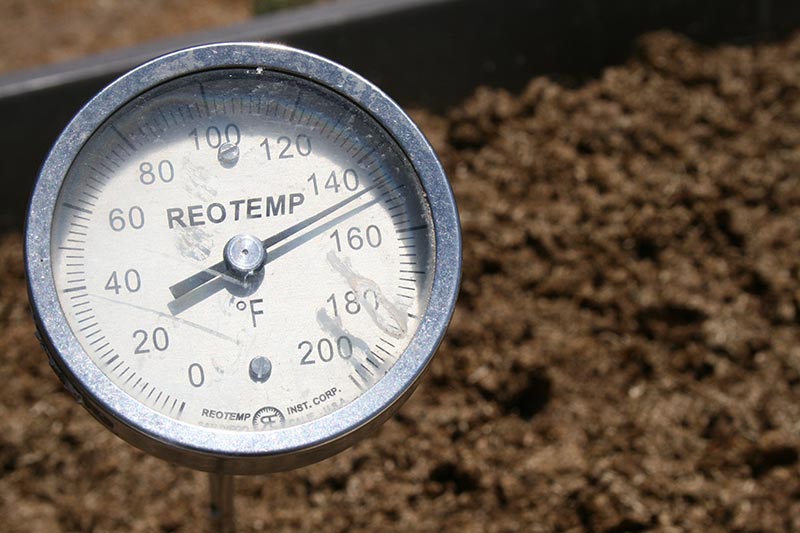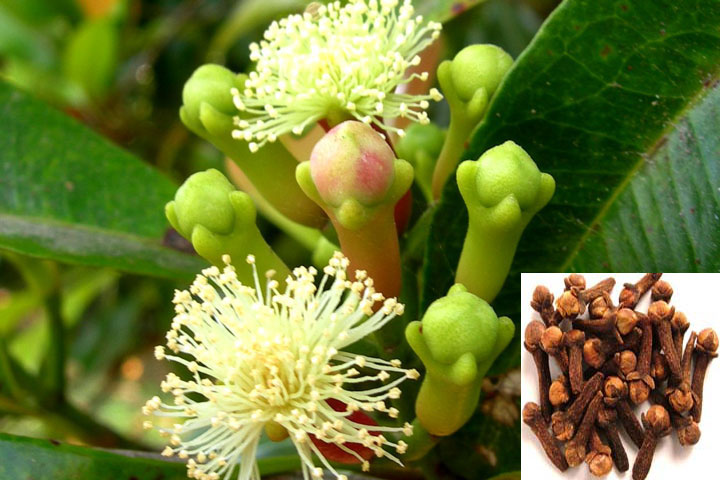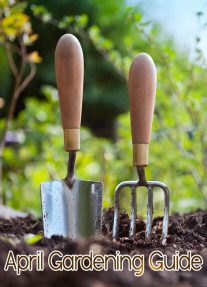
Gardening With Manure
Manure is an old-timers trick that can help bring out the best from your garden. It provides rich, nutrient content and also helps build carbon compounds (organic materials) that build soil structure. That translates into big, beautiful and bountiful vegetables.
I’m sure this isn’t anything new to many of you, but do you know how to apply it to the soil and when you should do so? Or which types are ok to use and which aren’t? Or that you can make an all-purpose fertilizer from it? Here’s a quick tipsheet that answers those questions and more.
What kind is best to use?
Cows, horses, goats, sheep, chickens and rabbits all provide good, rich product that the soil will appreciate. Avoid using any from cats, dogs, pigs and humans since they may contain parasites or diseases that can transfer to humans.
Can it be fresh or should it be aged first? A fresh batch will be too strong to use on tender plants and will likely burn their leaves and stems. If it’s well-rotted, you can use it immediately.
How to apply:
When using a fresh batch, layer it over the soil in the Fall after everything has died back. Spread evenly about 2″ to 3″ thick. You can then till it into the soil if you wish but leaving it as-is over the winter is fine too. Till in the Spring before planting. For a well-rotted batch, apply to soil about a week before planting…till into the soil so it can really get in there and work its magic.
High-Nitrogen Compost Pile Recipe:
Layer fresh horse manure with old, partially rotted alfalfa hay. Leave it alone until it turns a dark brown (will take a few months), no tossing necessary. Can be used to feed and mulch everything including shrubs, trees, roses, vegetable plots, flowerbeds, etc. Source: Pat Welsh’s Southern California Organic Gardening: Month by Month.
Making Tea:
We’ve talked before about compost tea making a nutrient-rich treat for plants, you can do the same with manure. A quick recipe is to fill a 5-gallon bucket with a shovelful of well-rotted manure then top with water (fill the pail). Leave it to sit overnight for several hours. Use as an all-purpose fertilizer every 2 or 3 weeks. Note: Careful to apply this brew to the soil only and not let it come in contact with leaves or stems since it will be too strong for them.
Notes:
Make sure to wash all produce well before consuming and avoid using fresh manure after the garden has been planted (since disease carrying pathogens may contaminate them). Using well-rotted or aged instead reduces this risk.
There is a pitfall to applying fresh manure (aside from the smell), it may contain viable seeds from weeds and plant life that you don’t wish to be present in your yard.







Leave a Reply